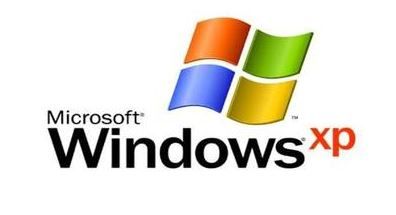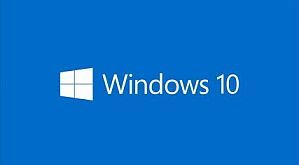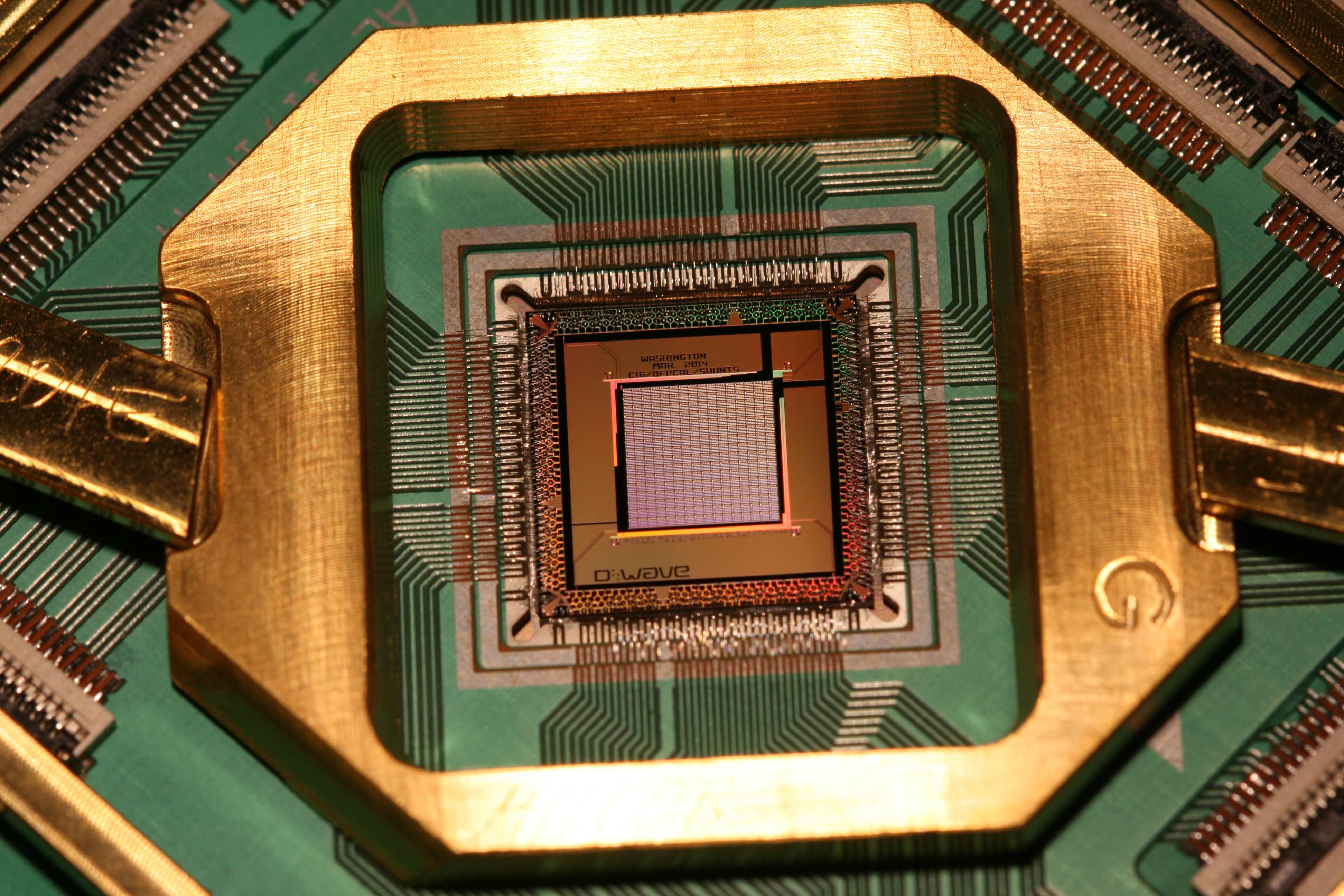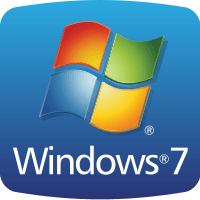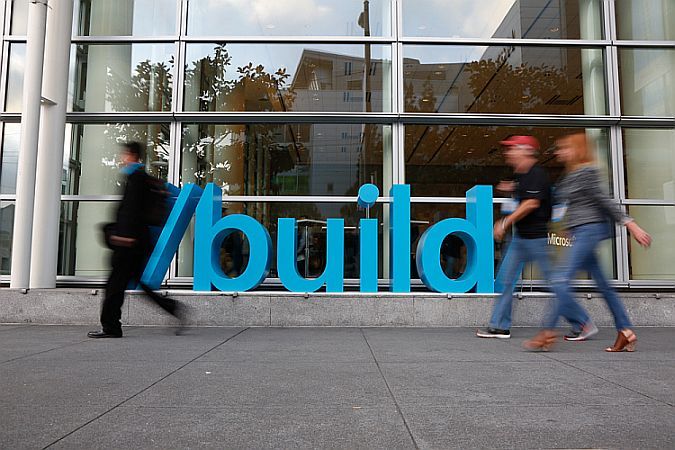
Microsoft's Build 2016: Big News For Live Tiles, Bash, And Bots, Not Phones
Microsoft's Build conference for 2016 revealed many new things as it generally does. Some of these things were rather impressive, in fact some might say groundbreaking at least to an extent. Microsoft's CEO Satya Nadella made every effort to emphasize and illustrate what he believes Microsoft can do to improve our lives in the near future and in years to come. This of course was part of the keynote speech at the beginning of Build 2016 and may well seem to be a lofty ideal, or a stretch, or even literally a "pie in the sky" dream. Here's the thing - he made some very good points regarding AI, Bots, integrating Bash (as in Linux, Ubuntu) as a native function within Windows 10, and the general advancement of the everyday PC user's environment and experience. The key here is progress, progress fired by technology, progress not only within Windows 10 or all of Microsoft's products for that matter, but potentially progress in many facets of human existence. Microsoft's CEO came on stage with a clear mission, and that was to make it clear that part of Microsoft's future was not just their own betterment but the betterment of society as a whole. Let's be clear - this conference is supposed to be a selling point for Microsoft's products and it is - however, is it possible that Microsoft is so far ahead of the curve that they can use technology to improve society as a whole by improving their own products and imparting that knowledge to everyone? Microsoft begins by empowering developers (this is a developer conference after all) with the latest advances in technology. Let's look at what came about in Microsoft's Build 2016 conference.

